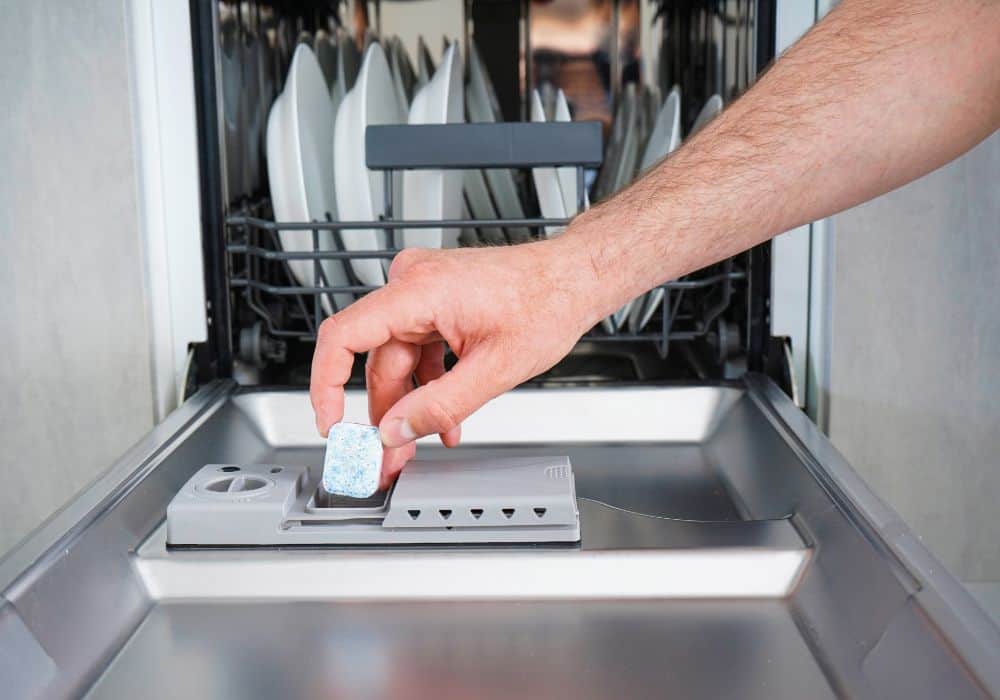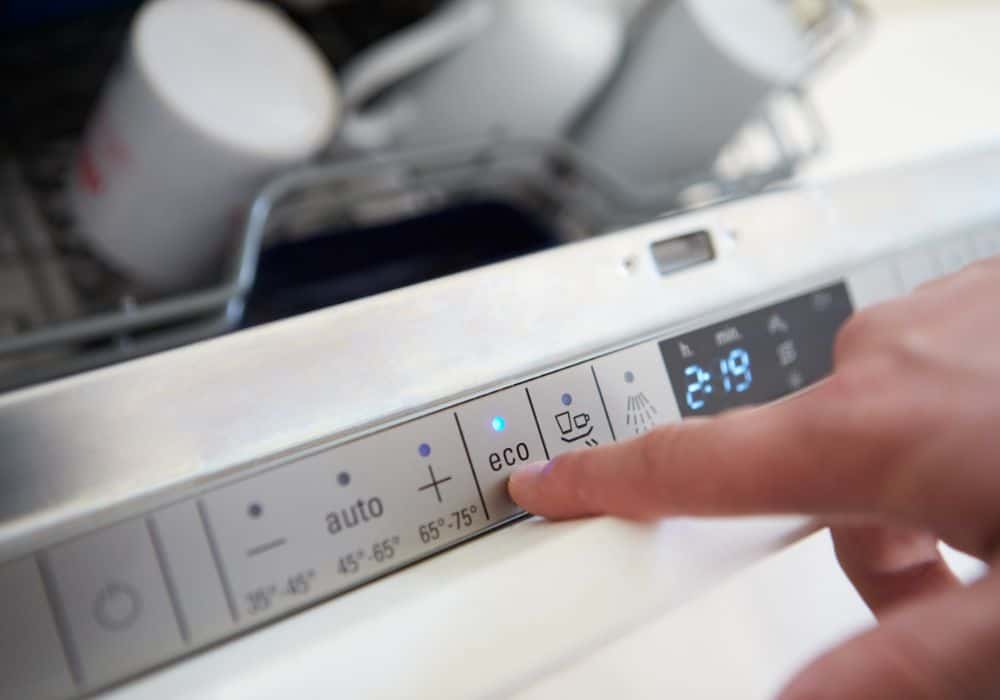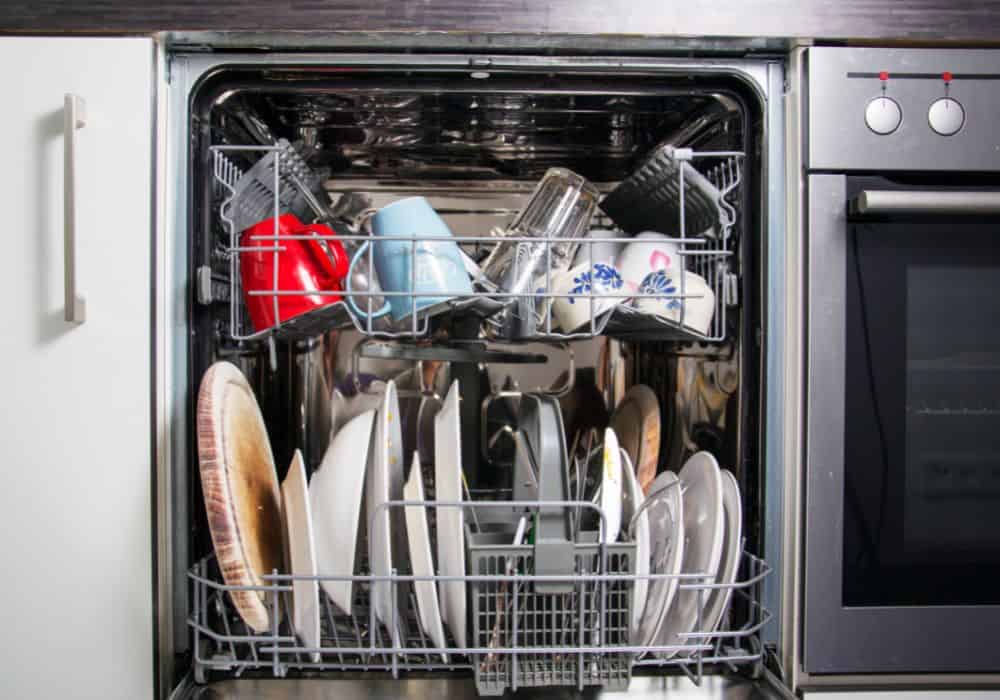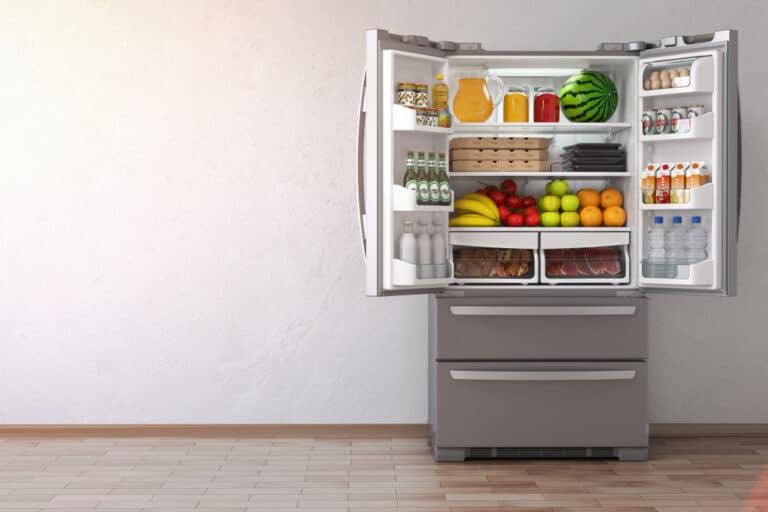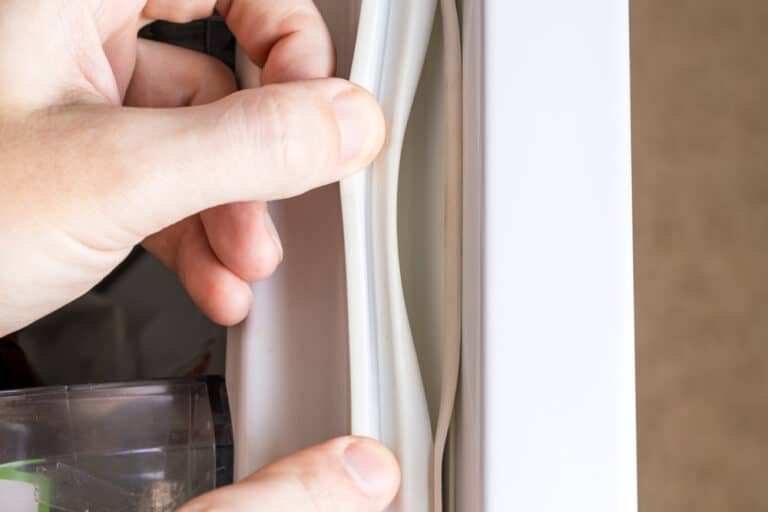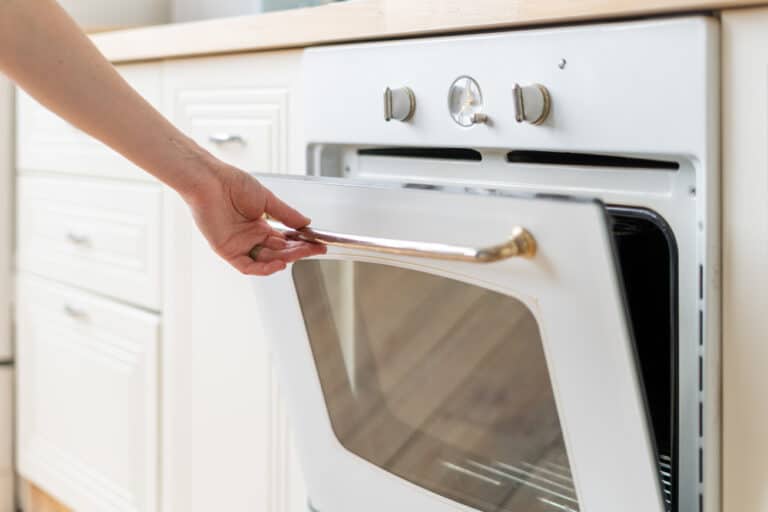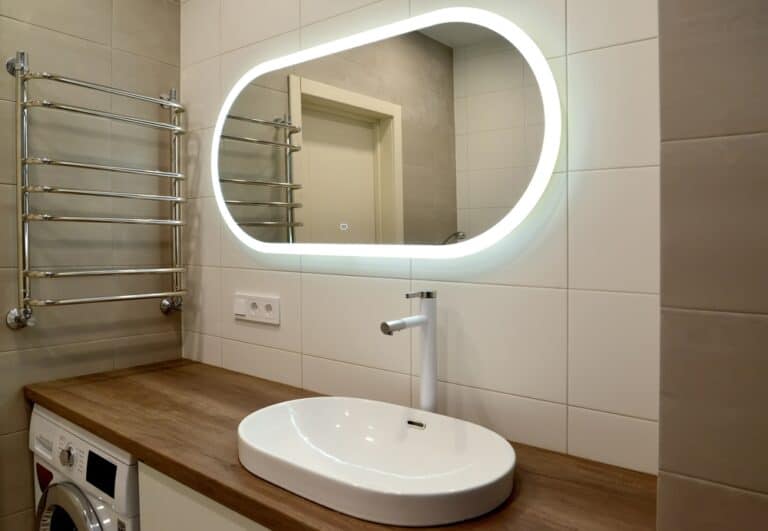Do you find your plates and dishes dirty even after putting them in the dishwasher? Are you tired of manually adding soap to the wash cycles? If yes, then it’s time to resolve this problem once and for all!
Dishwashers are complex yet highly useful machines. They can save you hours’ worth of dish-cleaning work. But, if not maintained properly, they can develop several technical issues. One of these is a stuck soap door.
It won’t open and dispense the soap. This means a huge pile of dishes left unclean for handwashing – yikes!
To help you, we have discussed all the possible reasons why your dishwasher soap door won’t open, along with the solutions. So, let’s read more and fix this together!
7 Reasons Why Your Dishwasher Soap Door Won’t Open
A jammed soap door is easy to fix – if you know the right reason. Since many factors can trigger the problem, we need to go through all of them to understand why your particular dishwasher soap dispenser door became stuck.
1. Detergent Dispenser
The most common reason behind a stuck soap door is an unclean dispenser. It’s the component that releases detergent into the dishwasher drum. Over time, leftover soap accumulates and forms large residue patches.
It may also develop bacteria and germs. All this buildup can get stuck in the door spring hinges and prevent it from moving properly. Here’s how to solve this:
- Remove the power source of the dishwasher.
- Wear gloves and find the detergent or soap dispenser.
- Using a damp microfiber cloth, wipe the residual soap thoroughly.
- If that doesn’t work and the residue is hard, create a solution of vinegar and baking soda (Ratio 1:1). Dip the cloth in it and wipe the dispenser surface.
- You can also use a sponge. But don’t use a scouring pad and scrub aggressively. The dishwasher dispenser surface may develop scratches that will become a breeding ground for bacteria.
2. Dispenser Latch
Some dishwashers have a latch on the dispenser. This is a bar with a lever and a catch to fasten the door shut. If it becomes defective, the soap door won’t open.
To check, you will need to manually examine the latch. First, disconnect the power source of the dishwasher and then peek inside using a flashlight. Look for the soap dispenser door and its latch.
If it is visibly broken or melted, you will need to find a replacement. But if there’s no visible damage, reach inside and try to move the latch. Creaking sounds or hard movement suggests rust and residue.
You may also want to consult the dishwasher manual to seek possible door latch issues. Remember that a dispenser latch in good condition would shut and open smoothly. If you tap on the shut latch, it will remain shut and not open (even the slightest bit).
3. Rinse Aid Cap
Rinse aid refers to a drying agent used in the dishwasher. Its purpose is to improve the drying performance and eliminate those stubborn water spots on the dishes. You’ll find a dedicated section in the machine for it.
While the complete rinse aid section isn’t much of a problem, the cap is. If it becomes loose or damaged due to hot water, the soap door will be jammed. Here’s how to investigate this:
- Look for the rinse aid cap. It’s typically on the control panel that can be on the side, top, or inside of the dishwasher.
- Take the cap off and search for visual damage. Is it broken, melted, or cracked from anywhere? If yes, then you need to find a replacement. You can also use the dishwasher without the cap, but it’s not advisable.
Don’t consider discoloration as it suggests age and uncleanliness. Use the vinegar and baking soda solution to clean it.
4. Dispenser Door Hinge
The soap dispenser door has many components, and any one of them could be responsible for the problem. One such component is the door hinge pin. It’s present on the interior side of the door, which makes access a little difficult.
This hinge moves with the help of a small spring and catch. These parts enable the hinge to open the dispenser door at the right time. So, if any of these are defective, the hinge won’t function.
Your dishwasher soap door may get stuck or fall open. You will have to manually open and close it to ensure a proper wash cycle.
The hinge may also be visibly corroded or bent. Check it thoroughly because if that’s the case, you will have to replace it completely. But, if the hinge only has movement issues, then there is a bigger underlying problem with a bi-metal switch or wax motor.
5. Bi-Metal Switch
The bi-metal switch is a mechanical device inside the dishwasher that uses electric current to release the dispenser soap hinge. It’s typically found in older dishwasher models. So, if your machine is old and the hinge isn’t working properly, the problem is in a bi-metal switch.
You can test its functionality using a multimeter. Here’s how to do it:
- Make sure the dishwasher is off and find the bi-metal release switch. It will be present close to the soap dispenser or within the door assembly. You may also have to remove the interior or exterior door panel to access the switch.
- Once you find it, first use a screwdriver to gently push the switch in until the soap door opens. Sometimes, the switch is only out of alignment, and a little pushing will fix the problem.
- If the soap door still doesn’t work, you need a multimeter to check whether it is receiving sufficient current or not. First, find the two wires of the switch and disconnect them. Label to ensure you don’t forget which one belongs where.
- Now, set the multimeter to RX1 and use the probes to touch each terminal. Look at the multimeter screen for readings. If you see an infinity sign, it means the switch is broken and needs to be replaced.
6. Wax Motor
If you’ve got the latest dishwasher model, chances are that the bi-metal release switch will be replaced by a wax motor. It has wax that heats up and pushes the piston to release the dispenser door hinge.
But, if this is damaged or faulty, the hinge won’t work properly, and neither will the detergent dispenser door. Similar to a bi-metal switch, you will need a multimeter to test whether it’s working fine or not. The procedure is the same too.
First, turn the dishwasher off and find the wax motor. It will be near the soap dispenser. Once located, remove the wax motor from the appliance. A screwdriver will help you do that, but for more specific instructions, we recommend using the dishwasher manual.
Different models may require a different removal method. When removed, set the multimeter to RX1 and put the probes on each terminal. If the screen displays infinity, the motor is defective and needs a replacement.
7. Dishwasher Timer
Although this is rare, some dishwasher models use a timer to dispense the soap in the wash cycle. You have to first set the timer. When the time is up, it will activate a lever that will move the soap door hinge. As a result, the soap door will open and release the detergent.
If this mechanism between the timer and the soap dispenser is broken or defective, the door won’t function properly. Again, you can use the multimeter to test the functionality. However, the method is a little different.
Begin by disconnecting the power source from the dishwasher. Then, locate the timer. It may be on the control panel or somewhere inside. So, you may have to remove some parts using a screwdriver.
Once done, examine the timer for the types of contacts. You will have to refer to a wiring diagram to find the right terminals for testing. Set the multimeter to the RX1000 scale and put the probes on the wires.
If the timer is working correctly, it will show a reading between 2000 to 3500 ohms. But also refer to the dishwasher manual for the recommended range. If the reading is out of this range, consider the timer faulty and worthy of replacement.
FAQS
Can you just throw a pod in the dishwasher?
It might seem tempting to put the pods, tablets, and detergent directly into the dishwasher. But never do this, as they will dissolve even before the wash cycle begins. Always put them in the soap dispenser.
How much does it cost to replace the soap dispenser in the dishwasher?
If your soap dispenser is completely broken or damaged, it will need to be replaced. The average cost of this is between $50 to $80.
Summary
To recap, the dishwasher soap door won’t open because of a fault in any of these components:
- Detergent dispenser
- Dispenser latch
- Rinse Aid Cap
- Dispenser Door Hinge
- Bi-Metal Switch
- Wax Motor
- Dishwasher Timer
There are simple ways to check and repair these components as discussed above. However, in most cases, you will need a replacement part. We highly recommend you seek a professional’s help for that. Good luck!

